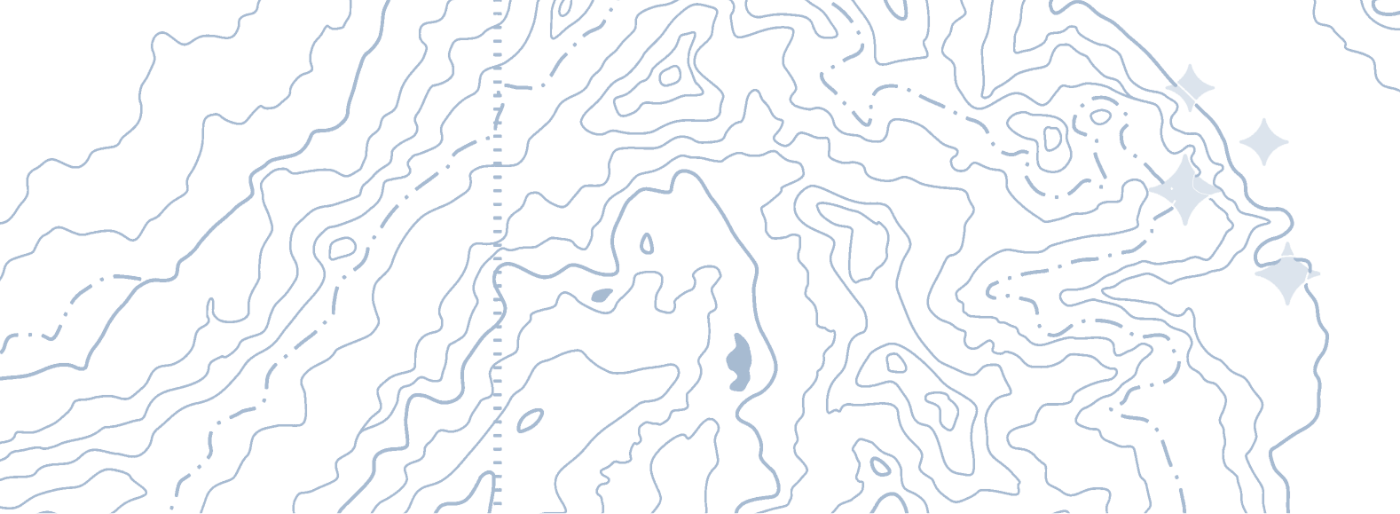


As you travel around the Cascade Loop you will likely see a variety of wildlife, including some very large birds that live in our region. This article will help you to accurately identify some of the most common of our raptors: osprey, bald and golden eagles, red-tail hawks and turkey vultures. The time of year you travel will affect your chances of seeing some of these incredible birds.

Osprey
Osprey migrate to our region in the spring, and local power companies have erected nesting platforms, to discourage them from building nests on the top of power poles. You will see them as you are driving around the Loop, especially along the Wenatchee, Columbia and Methow rivers.
Osprey can dive about three feet into the water to catch fish, and they can dive both head and feet first. They also have the ability to take off straight from the water. You may see them flying to the nestlings with a fish in their talons.
Size: 4 ½- to 5 ½-foot wingspan, weight 3-4 pounds.
Plumage: Osprey have bright yellow eyes, and their heads are white at the top, with a black band across their eyes. They can be mistaken for an eagle when they sit on their nest, and all you can see is the white top of their head.
The adult bird has long narrow wings, and when flying, it has an "M" shape from below.
Their chest feathers are white all the way down to their long white legs, and their wings are black on the outside, but the underside has white patterns.
Beak: An osprey’s beak is black, short and has a sharp hook that helps it tear into fish to eat.
© Pete Freund Photography

Bald Eagles
Bald eagles migrate from Alaska every winter, so we see them in their largest numbers from December through February. That being said, there are “resident” pairs who nest in the spring and love the scenery, so they stay all year. Many are found along the Cascade Loop, as the highway follows many major rivers and valleys, offering the bald eagles their favorite hunting.
Bald Eagles typically nest in forested areas adjacent to lakes, rivers and the ocean. Bald Eagles are somewhat tolerant of human activity when feeding, you may see them gather around fish processing plants, dumps, and below dams where fish concentrate. Due to their size, they perch in the tops of large trees, often on the end of a dead branch, making them highly visible.
Size: 6- to 8-foot wingspan, weight between 6 and 14 pounds.
Plumage: Adult bald eagles are famous for their white head (making them appear bald) and white tail feathers, which they obtain when they reach 5 years old. Eaglets are born covered in gray feathers, and as they reach their first year, they develop white feathers, especially in their belly. As they mature through their second to fourth years, they get more white feathers, and more of a mottled color under the wings and tail. Third and fourth year bald eagles will have a mottled white coloring, especially under the wings. Adult males and females look the same, however the female is larger.
Beak: Bald eagles have a yellow beak (also called a bill) which is also hooked for tearing into flesh. The beak is about a third of its head, giving its head a rounder appearance compared to the Golden Eagle.
The legs of a bald eagle are bright yellow, and void of feathers starting a few inches from the tops of their feet.
© Pete Freund Photography

Golden Eagles
Golden eagles can be seen hunting along the cliffs where they typically soar or glide. Their wings will be shaped in a “V” and the feathers at the ends of their wings spread like fingers. They enjoy the stretch along the highway between Entiat and Chelan, and near Wells Dam toward Pateros.
Size: 6 to 7.5 -foot wingspan, weight between 6 and 15 pounds.
Plumage: Adult golden eagles are brown and the feathers on the back of the head and neck are a copper-ish color. It takes four years to acquire adult plumage. Juvenile golden eagles have white patches under their wings; and their tail is white with a distinct dark terminal band. Golden eagles are booted eagles, since they are feathered all the way down their legs to the tops of their feet,
If the birds are standing up, you may also note that the legs of the Golden Eagle are feathered to the foot; compared to the Bald Eagle, which has unfeathered ankles.
Beak: Golden eagles have a black beak, which is smaller than a Bald eagle, giving the golden a more pointed head.
© Pete Freund Photography

Turkey Vulture
The turkey vulture is exactly as he sounds -- a scavenger, without whom the natural world would be pretty messy! They clean up the carcasses left behind by other predators, who typically only feast on a small portion of their kill. Turkey vultures are more social than eagles, and you may see them in groups of a dozen or more, often soaring above the ground looking for an easy meal.
Turkey vultures have a distinct flying behavior. In flight, they glide with their long wings in a shallow "V" shape. While soaring, they can sometimes seem unbalanced, adjusting to the thermals with quick movements. Because they are dark in color, they can be confused for a raven, but notice the way the ends of the wings fan out in fingers, and the underwing is two-toned silver and black.
Size: Up to 6-foot wingspan, weight 5-6 pounds.
Plumage: Adult turkey vultures have a bald red head and ivory colored bill, and their bodies are feathered in dark black and brownish tones. It gets it's name because it can resemble a wild turkey when seen from a distance, due to the red head.
© Pete Freund Photography

Red-Tailed Hawk
Red-tailed hawks prefer the open country, are usually seen soaring in wide circles high over a field or orchard. Look for them along fields where they perch on fence posts and power poles and scan the territory for their next meal. In high winds they may can hover without flapping as they keep their eyes fixed on the ground, looking for prey. Females are larger than males, and from a distance you might think it is an eagle.
Size: 3.5- to 5-foot wingspan, weighs about 2.5 pounds
Plumage: Red-tailed hawks typically have wings that are rich brown on the top (seen when they are standing on a post) and they have a streaked belly and beautiful white colored banding on the underside of the wing. The tail is usually pale tan underneath below and brownish-red above, though in young birds it’s brown and banded.
© Pete Freund Photography



